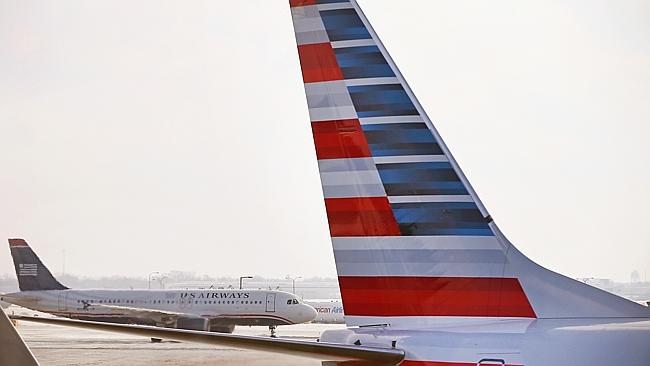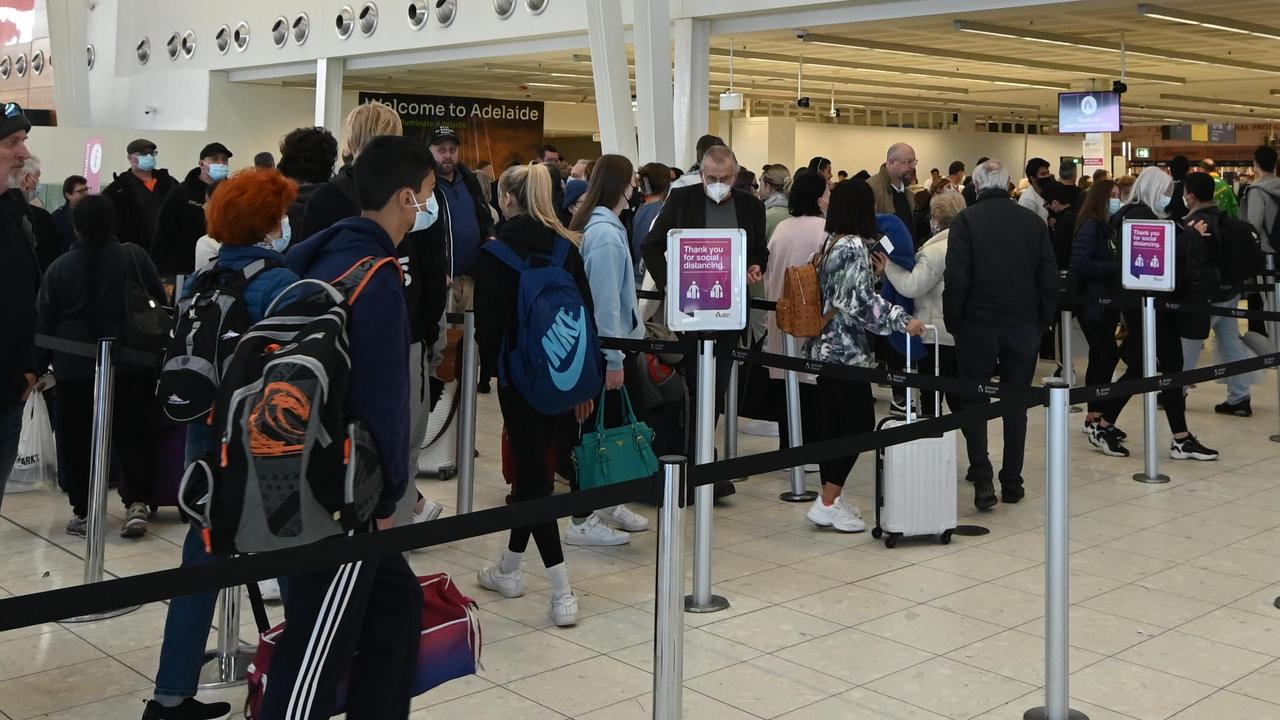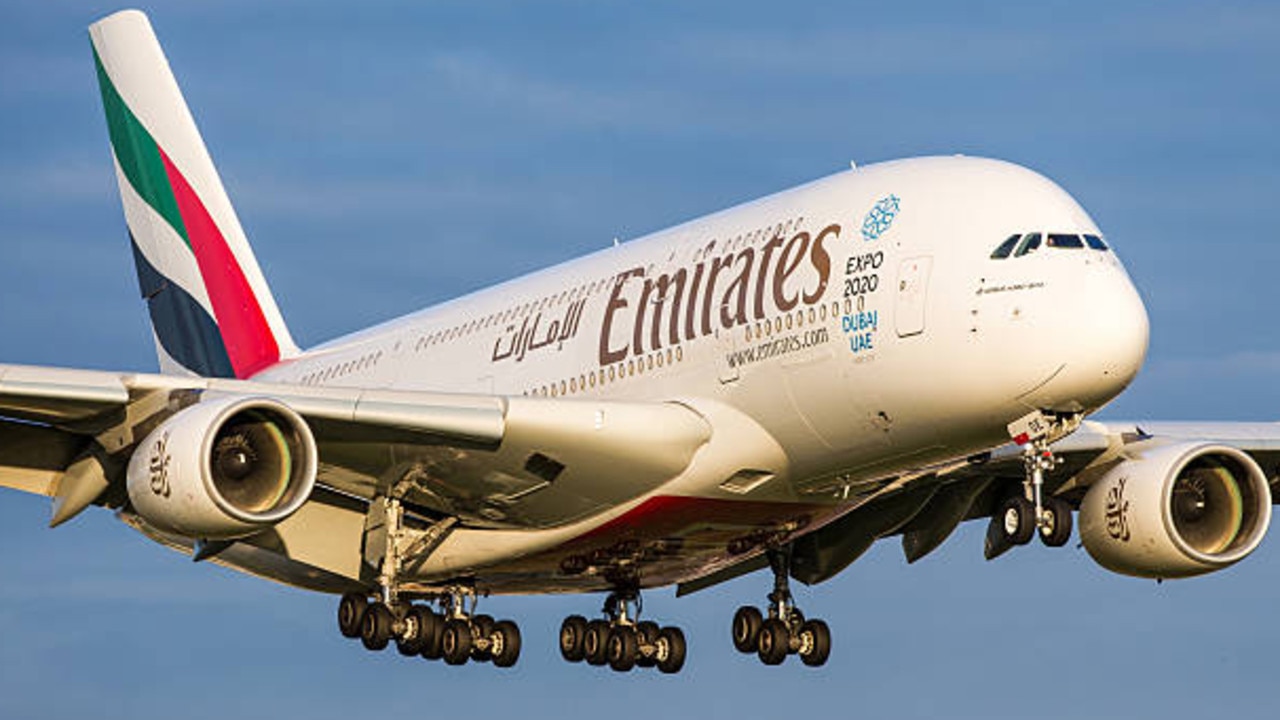New American Airlines emerges as deal closes
TWO airlines have emerged in the US to create the world's biggest. The crucial question remains, is the food any good?

AMERICAN Airlines emerged from bankruptcy protection and US Airways culminated its long pursuit of a merger partner as the two completed their deal Monday to create the world's biggest airline.
It's the latest in a series of mergers that will leave four airlines controlling more than 80 per cent of the U.S. air-travel market. With less competition, the airlines have successfully limited the number of seats, boosting prices and returning to profitability.
American's old parent, AMR Corp., is gone, replaced by the new American Airlines Group Inc. CEO Doug Parker remotely rang the opening bell of the Nasdaq Stock Market, flanked on stage by executives and labour leaders of both airlines and in front of a crowd of cheering employees.
"Our goal here is to go and restore American Airlines to its position as the greatest airline in the world," Parker said. The largest airline as recently as 2008, American struggled through a decade of huge losses and fell behind United and Delta in size.
For passengers, the merger won't mean many immediate changes. Whether the deal leads to higher ticket prices, the issue at the heart of legal challenges from the government and consumer groups, remains to be seen.
Parker dismissed the notion that fewer airlines will lead to higher airfares because, he said, the new American plans to keep all the service currently offered by American and US Airways.
"Airline prices are like prices in other businesses - they track with supply and demand, and we're not reducing any of the supply," he said in an interview with The Associated Press.
Elite members of the two frequent-flyer programs will get reciprocal benefits in early January, with other changes being phased in, executives said. The airlines expect to soon be able to book passengers on each other's flights, increasing the destinations available to customers of both.
It will take about two years to combine American's fleet and workforce with those of US Airways, Parker said. US Airways will join Continental, Northwest and other airlines that now exist only in the memories of employees and longtime travellers.
Airline mergers are notoriously troublesome. United has been plagued by computer-network problems since combining with Continental, leading to outages and flight delays. Airlines' technology systems handle everything from passenger information to weight and balance calculations on every flight. Then there is the difficulty in merging two sets of employees who, in this case, are represented by different unions. US Airways has been down that path before - it still hasn't fully integrated pilot crews since its merger with America West, and that deal closed in 2005.
Unions at American received Parker like a conquering hero. Their support for a merger led by US Airways executives was a turning point when AMR CEO Tom Horton still hoped to keep his airline independent. For their efforts, the unions won stock in the new company.
On Monday, Parker made symbolic moves to extend a hand to labour - painting over parking spaces once reserved for executives, and asking Nasdaq to inscribe a commemorative opening bell to the employees instead of to him. Still, the honeymoon could be a short one.
"His greatest challenge is keeping positive sentiment on his side," said Vicki Bryan, an analyst with bond-research firm Gimme Credit. "He's at the peak of 'happy' right now. He's got to keep the unions happy; he's got to keep the computers running; he's got to keep the balloon in the air."
In morning trading, new shares of American Airlines Group were up 45 cents to $24.55.
###



